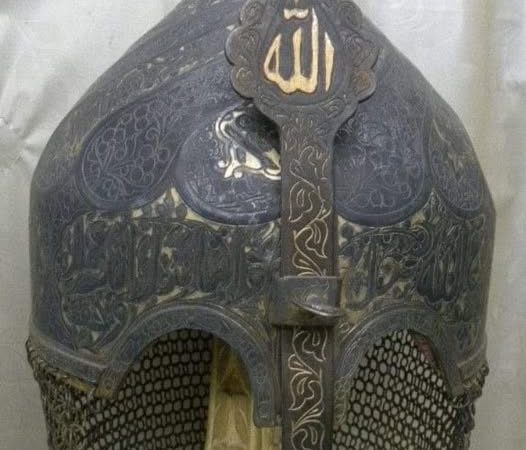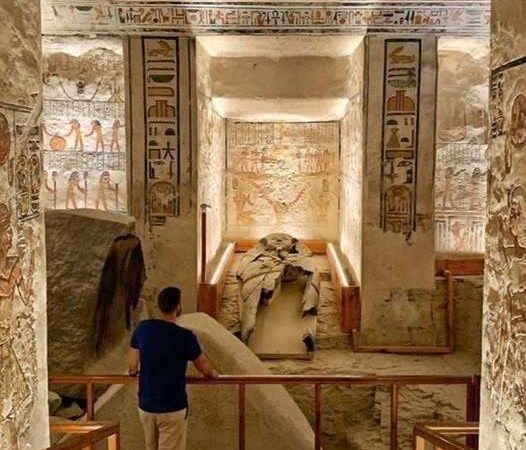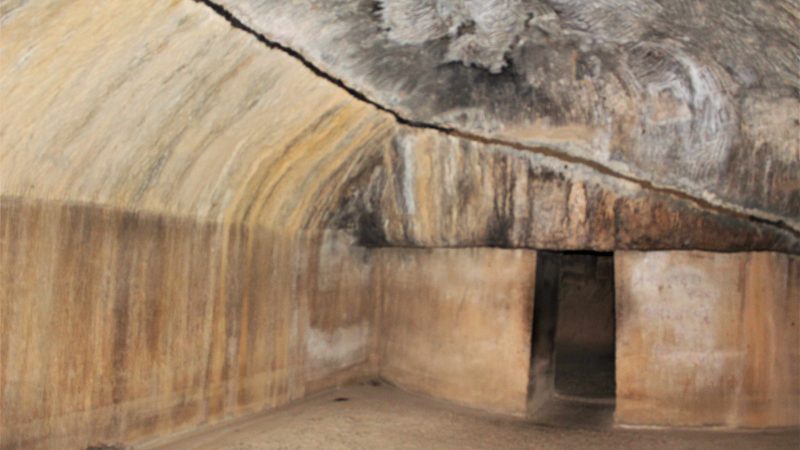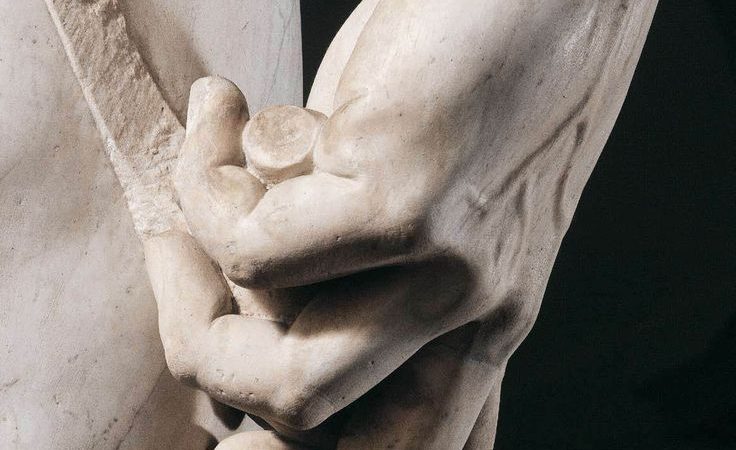David: The Perfect Artwork From Abandoned Stone
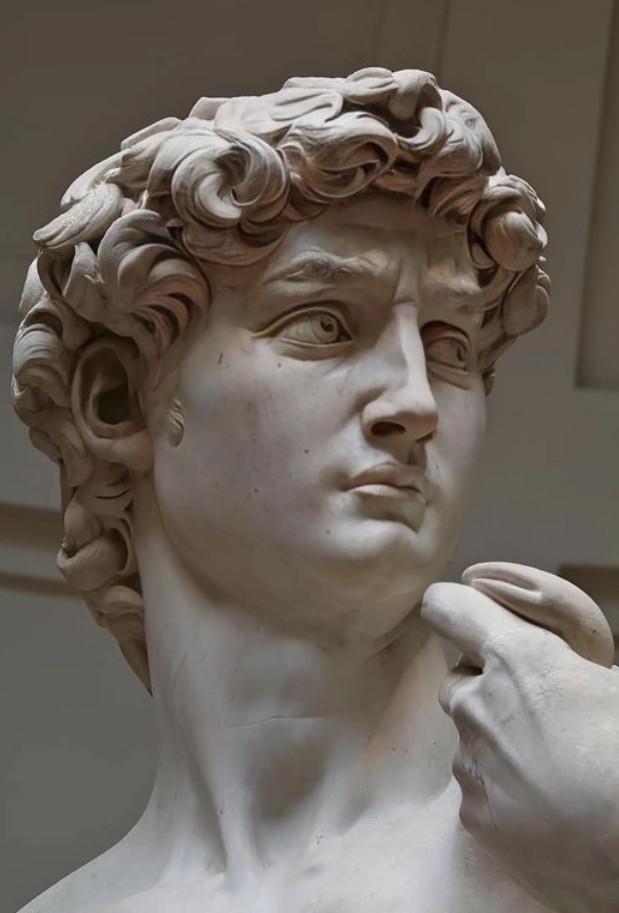
Michelangelo’s David is one of the greatest sculptures in the history of human art, not only because of its perfection in every detail but also because of the challenging journey from a rejected stone to a masterpiece. Here are 10 reasons why David always leaves us amazed and in awe.
1. Massive size and majestic material
The statue is 17 feet tall (about 5.2 meters) – equivalent to a two-story building, carved by Michelangelo from a single block of Carrara marble. The massive size and weight of David creates a strong impression at first sight, making viewers amazed by the skill and sophistication of the young craftsman.
2. Abandoned stone
The marble that Michelangelo used was imperfect, even damaged. Before Michelangelo, two sculptors were assigned the task but both gave up due to the poor quality of the stone. However, Michelangelo was not discouraged and determined to turn the abandoned stone into a perfect work of art.
3. Creation from limitations
Michelangelo skillfully carved David with a slim body and a tilted head, because the stone was too narrow to create a frontal statue. David’s “contrapposto” pose, with his body slightly tilted, was also used by Michelangelo to cover the small hole in the stone between his legs, turning the weakness into an artistic highlight.
4. Young talent
Michelangelo was only 26 years old when he started this work and completed it at 28. Before that, he had amazed the Roman art world with the Pietà at the age of 24, and David quickly established himself as one of the most outstanding sculptors of the Renaissance.
5. Changes in the original purpose
David was originally intended to be placed on the roof of the Florence Cathedral, but when completed, its beauty and size were so outstanding that it was decided to place it in the Palazzo della Signoria, where it could be easily admired by the public.
6. Almost perfect anatomy
Modern studies show that David has absolute anatomical accuracy, except for a small muscle in the back. Michelangelo recognized this limitation due to the defect in the stone, but he still overcame it to create a work of astonishing perfection.
7. Subtle pulse of cicadas
The veins on David’s neck bulge, indicating a state of tension or fear – a detail that Michelangelo recognized from studying the human body. It is worth noting that science only discovered this 124 years later, showing that his anatomical knowledge was far ahead of his time.
8. Breakthrough in style and content
Before Michelangelo, other versions of David, such as those by Donatello or Verrocchio, often depicted David after he had defeated Goliath. But Michelangelo chose to depict David just before the battle, with a focused gaze and anxious face, giving the viewer a real sense of the suspense and tension of the moment.
9. Human idealization combined with realism
David not only represents an ideal model of male proportion and beauty, a common theme in Greek sculpture, but also comes to life and is realistic thanks to Michelangelo’s deep understanding of anatomy. David is the perfect combination of idealization and realism, taking Renaissance art to a new level.
10. A lasting cultural icon
Today, about 1.5 million people visit David at the Accademia Gallery in Florence every year. 150 years after it was moved indoors to protect it from the elements, the statue still retains its powerful appeal.
It is no wonder that Renaissance artist and historian Giorgio Vasari exclaimed:
“When it was finished, no one could deny that this work surpassed all other statues, modern or ancient, Greek or Roman; no work of art could compare with it in proportion, beauty and perfection to which Michelangelo had attained it.”
David is a testament to Michelangelo’s extraordinary talent and perseverance, transforming a rejected block of stone into an immortal masterpiece, representing the pinnacle of art and creativity.



